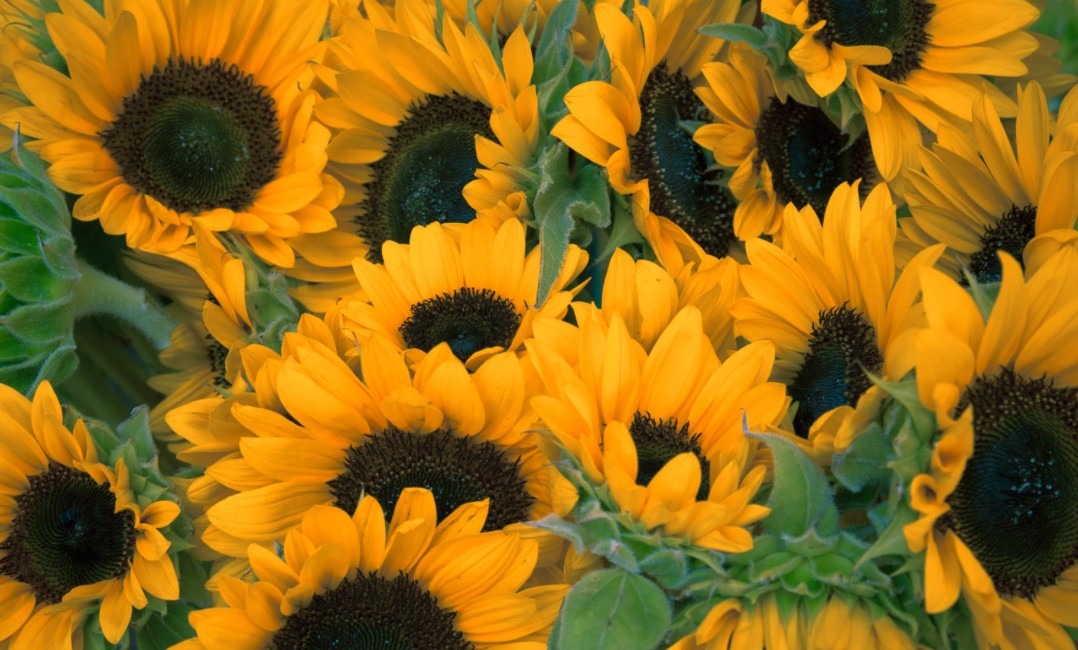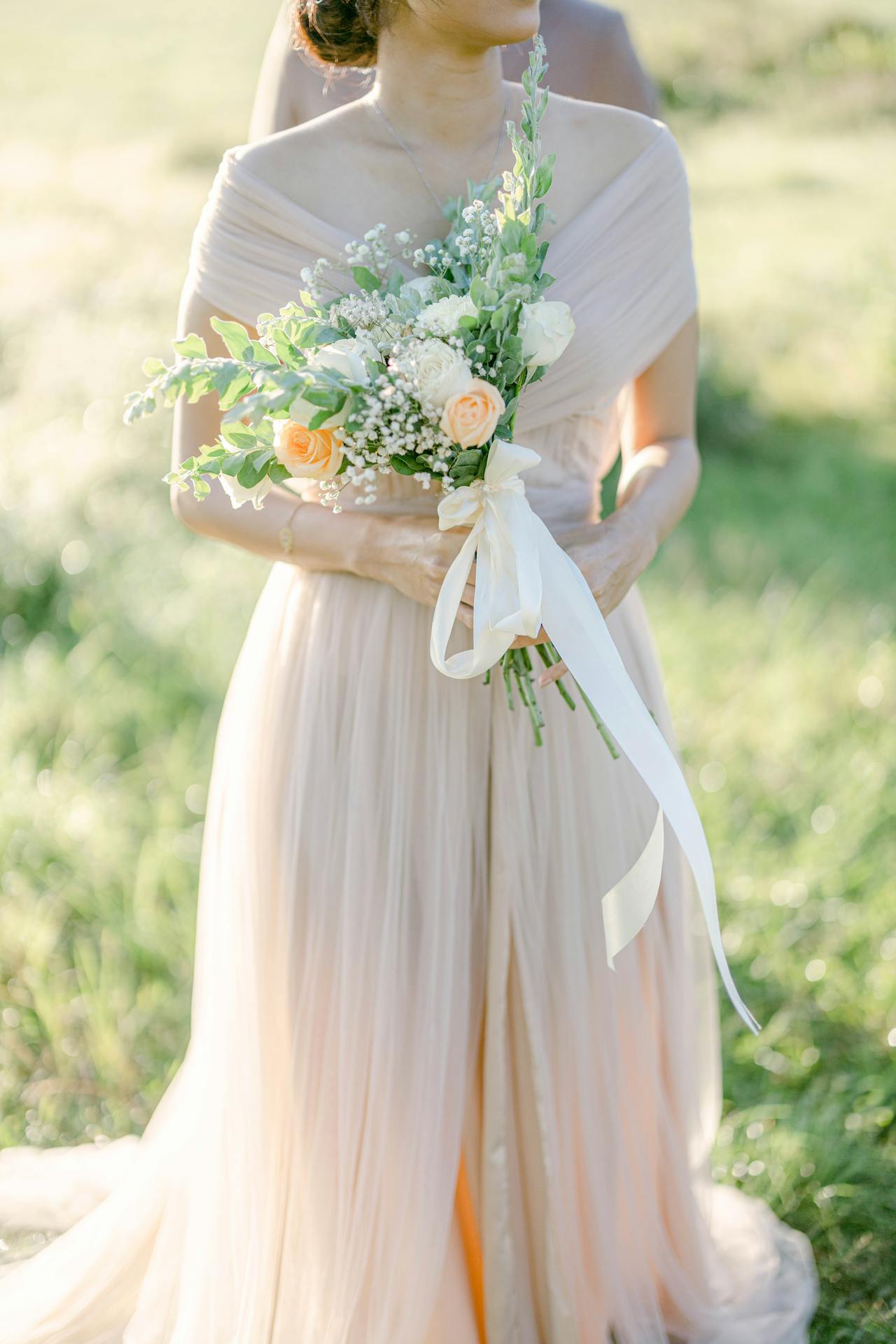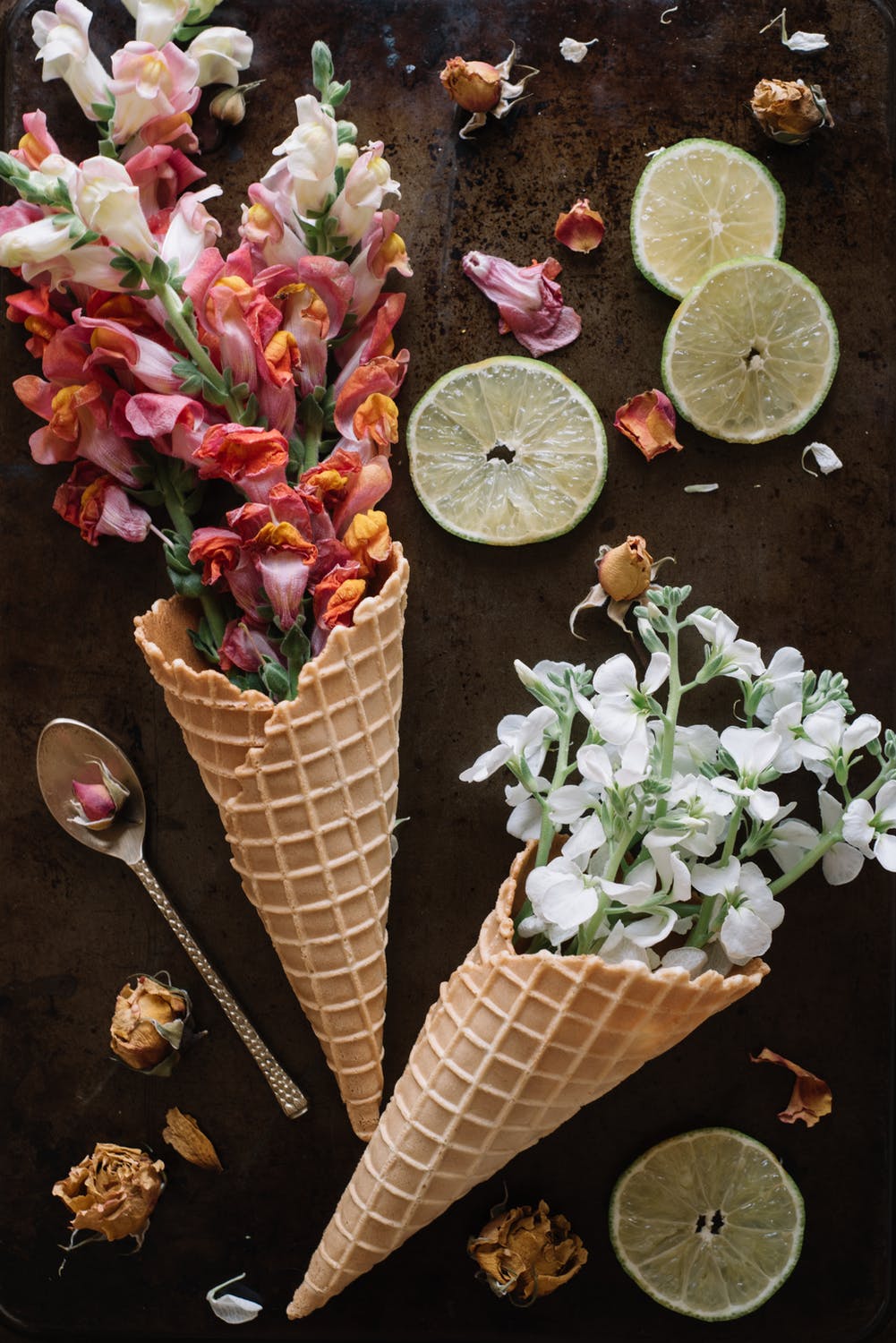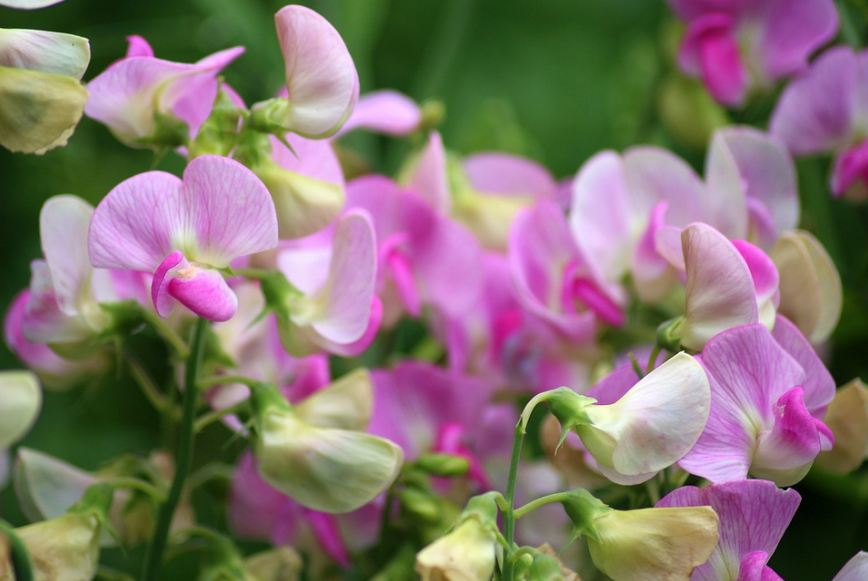How do Flowers Benefit the Environment?

One of the prettiest things mother nature has blessed this planet with is without a doubt the many species of flowers dotted around the globe. Fields of grass already look extremely pleasing to the eye, but add in flowers and the fields are elevated to a new level of appeasing visuals. People like to grow their favorite flowers in their yards to give their house a beautiful and personal touch, and flowers are a common site in parks and other green spaces in cities.
But apart from the visually pleasing part of their nature, do flowers do more for the environment than they let on? Are the daffodils and roses you so love to smell beneficial in any way to the environment around them? Let’s discuss the nature of flowers and why they are much more than just simple eye candy.
Their Beauty Does More Than You Might Think
It’s no secret that the addition of flowers in any space rarely has negative outcomes. Their passive prettification of a place is a powerful thing that subtly yet noticeably transforms the look and feel of that place. However, this beautification isn’t just visually pleasing. It actually physically improves your mood and your health.
The color green is easy on the eyes and thus grass calms people. Similarly, the various colors flowers are composed of are soothing to a person, and help them relax and feel more at ease. The fragrance that they produce also helps destress you and lulls you into a sense of contentment. So, naturally, any place that features displays of flowers ends up being a relatively peaceful place and positively affects the overall mood of the environment there.
The Main Purpose of Flowers: Reproduction
After you’ve learnt that flowers help you relax and feel better, you might then question why they exist in the first place. After all, surely they haven’t just been around for thousands and thousands of years just so they could be put in a pot on a window sill of someone’s home in the 21st Century. Indeed, flowers don’t just serve as pretty decoration items. Flowers are how plants reproduce.
You’re probably aware of the act of pollination, when animals (mostly insects) spread around pollen they’ve gathered from flowers. This is the main reason flowers exist in the first place. Their exotic shapes, their popping and vibrant colors, their sweet fragrances, everything is set up to entice insects to visit. And visit they do, mostly to feed on the nectar inside the flowers. During this time, pollen attaches itself to these insects and when they’ve had their fill and take off, the pollen falls off of them. This pollen, which is in fact male plants’ sperm, then fuse with female ovules of plants to eventually form seeds. And of course, seeds are what these plants grow from.
Flowers Help Feed the Insect Kingdom
As we mentioned above, flowers use nectar to attract insects. While the flowers intend to use this to help spread pollen and reproduce, the insects thrive on this reproduction method because they get to feed on the nectar. This way both insects and flowers help each other out and everybody leaves a winner. In fact, when a bee finds a large supply of nectar (most likely in the form of a field of flowers) it heads back to its hive and lets the others know about it. This way mass pollination can occur while also feeding the whole hive of bees.
Flowers are Equipped with Purification Tools

Fun fact not many of you might be aware of regarding flowers; they are able to cleanse the environment they grow in. And we don’t mean the obvious way in which plants produce oxygen or clean the air. We mean flowers literally absorbing harmful materials through their roots and leaving behind a much cleaner environment.
Flowers planted in soil are able to absorb and get rid of harmful impurities in said soil, even really dangerous things like radioactive waste. Some flowers that grow in bodies of water are able to absorb and rid their homes of harmful chemical and other toxic waste as well. Basically, flowers act as a great natural filtration tool, and strategically planting them around a city can pay dividends in the long run.
Flowers are Eaten as Food, and Also Used as Medicine
Flowers don’t just provide nectar to insects for food. They themselves are fed upon by many species. Humans use flowers in a variety of different dishes, though they have mostly been used in preparing tea. Other than that, herbivores like to eat flowers as well. They even have preferences due to differing tastes.
But more than food, humans have used various flowers as medicine throughout history. Back before the advent of modern medicine, people used to eat flowers in all sorts of ways to cure all manner of illnesses. From curing sore throats and acne, to cleansing the body of toxins and even relieving cramps, flowers have aided humans as medicinal edibles for a very long time. And they are still used in some cultures and tribes around the world.
Their Ruggedness Helps Spread Biodiversity
Flowers have this image of being fragile, weak, and something that needs protection. And in a way, that sort of holds true. Flowers cannot defend themselves from being trampled over, or being picked, or even being eaten whole by anything bigger than a bee. However, they’re quite tough when it comes to thriving and reproducing.
Flowers, especially species native to an area, are great at surviving all kinds of odds. No, they don’t fight, but they quickly outgrow their losses. And unlike some invasive species that completely wrecks the harmony of a place’s ecosystem, flowers rarely ever mean bad news. On the other hand, flowers help enrich a place with a diversity of life. This is achieved not just through their pollination, which leads to vast beautiful fields, but also through attracting different animals for said pollination. Once a place gets a nice flower field set up, all sorts of insect and animals make their way towards it, diversifying the life found in that place in the process.
Conclusion
You might not have ever given flowers much of a thought before. If not, hopefully you’re now much more interested in these fascinating forms of life than before. Not everything looks complicated on the surface, but generally has a much richer form of existence under the hood. Flowers are a perfect example of this; colorful little decoration pieces on the surface, environment cleansing biodiversity enriching warriors below.




